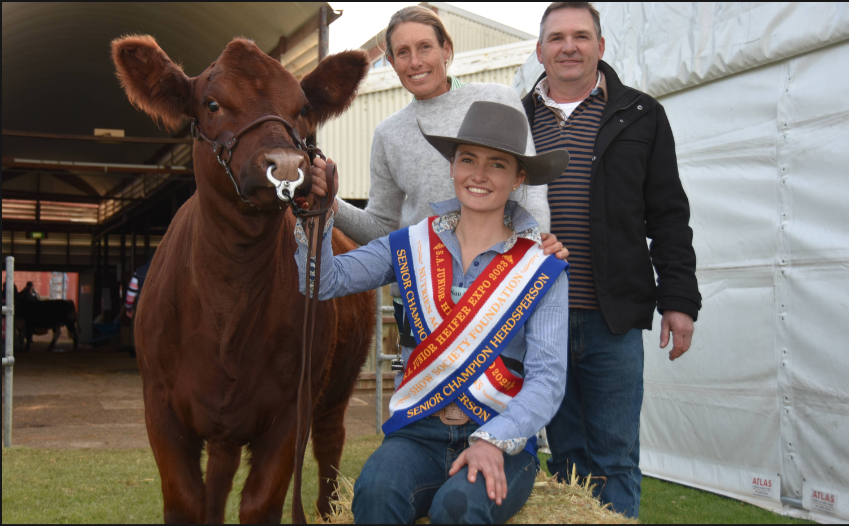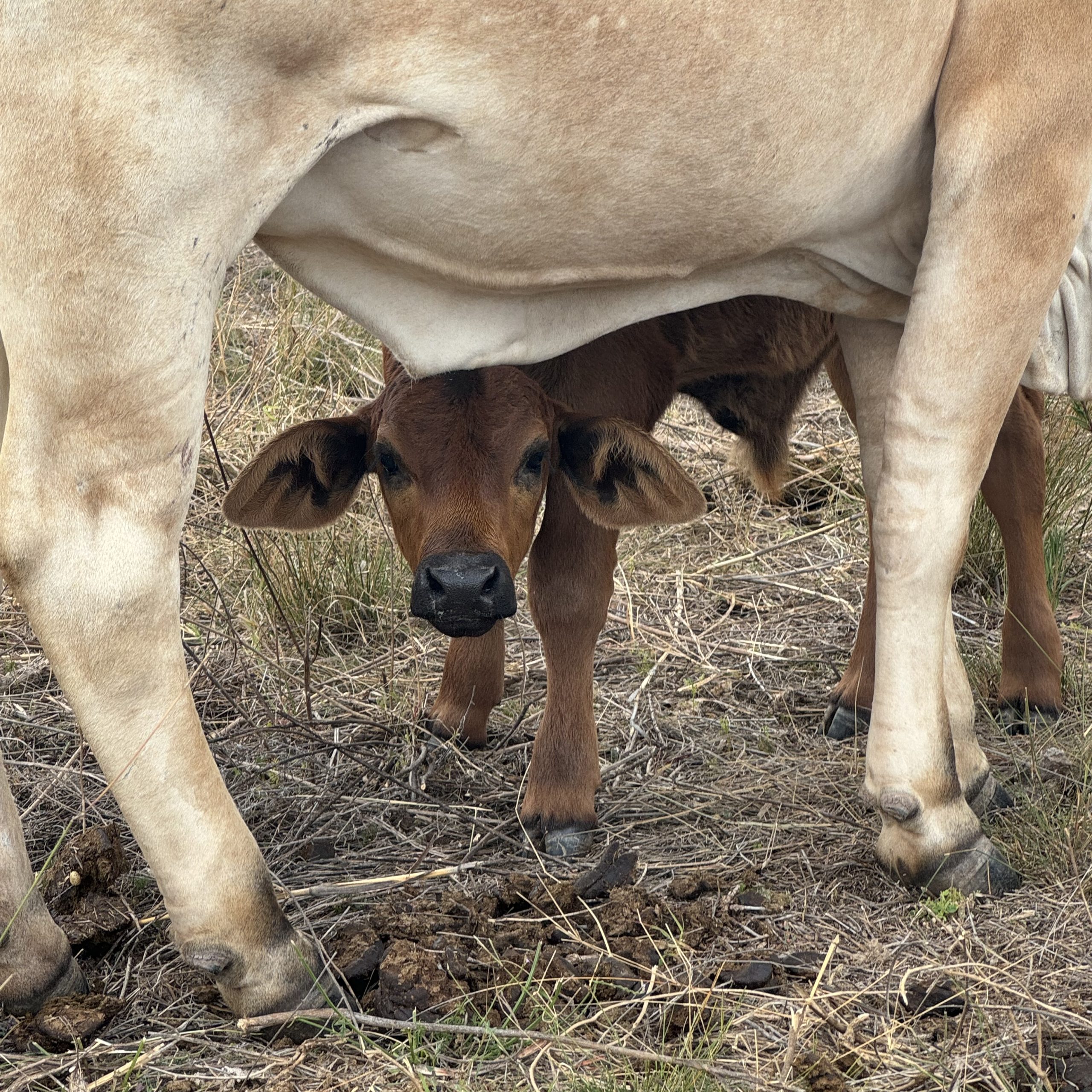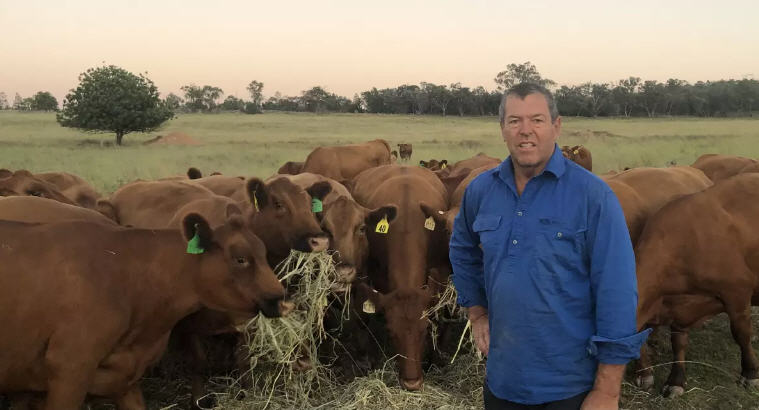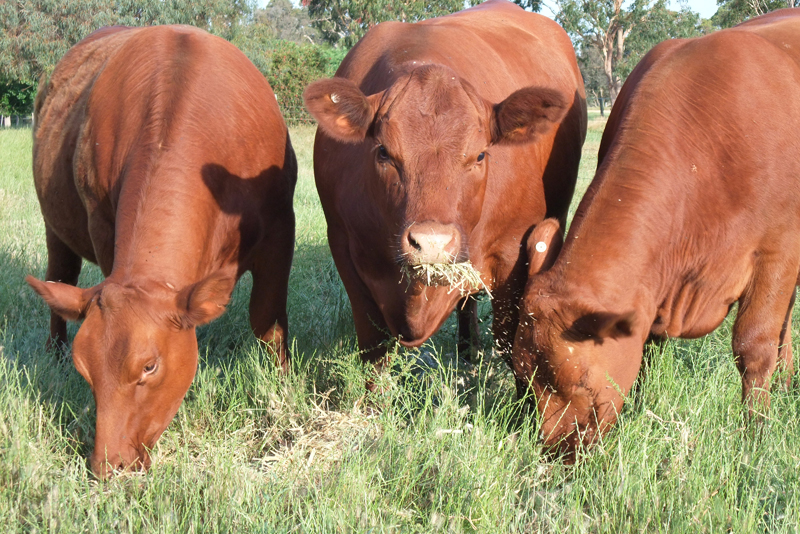MEDIA RELEASE: WA announces regulatory control program for managing Johne’s disease in cattle
MEDIA RELEASE: 23 FEBRUARY 2017
WA announces regulatory control program for managing Johne’s disease in cattle
The Cattle Industry Funding Scheme Management Committee (IMC) has announced that Western Australia will undertake a regulatory control program to manage the risk of bovine Johne’s disease (BJD) entry and establishment in the state.
Border controls will form part of a broader program targeting BJD in WA, including extensive on-ground surveillance and eradication of the disease, if it is detected. The decision to undertake a regulatory program was made following industry feedback and an economic evaluation of the potential impact of deregulation of BJD management. The program will be developed and implemented on 1 July 2017, when the current interim control program ends.
Chairperson of the IMC, Steve Meerwald, said, “The IMC accepted the recommendations of the WA Industry BJD Advisory Committee to maintain a regulated approach.”
“Although the economic evaluation helped the decision-making process, it did not make a strong case either way. The response from industry was key in deciding to regulate this disease in order to maintain WA’s negligible BJD prevalence and access potential BJD sensitive markets.”
The revised National Johne’s Disease Framework deregulated JD management from 1 July 2016.
“A deregulated environment can never be turned back. However, we can deregulate in the future if there is a major detection that requires a re-think on our policy, or the industry decides that the cost of regulation and a formal surveillance program outweighs the benefits.”
BJD causes chronic wasting and incurable diarrhoea in cattle leading to death. It also causes reduced production levels even before the animal is noticeably unwell.
Producers should not rely only on regulatory disease controls to protect their farming business from the risk of BJD. Biosecurity is everyone’s business — producers should have suitable biosecurity measures in place to protect their herds.
Tools are available from Animal Health Australia to help WA cattle producers manage their JD risk including J-BAS, Dairy Score, biosecurity checklists and the National Cattle Health Declaration, you can find them at www.animalhealthaustralia.com.au/jd-cattle-tools .
Revised interim border controls to protect the WA cattle herd from BJD, whilst allowing risk-based cattle movements in line with the needs of WA businesses, have also been introduced following industry consultation.
The new border controls can be found www.agric.wa.gov.au/livestock-biosecurity/forms-importing-livestock-western-australia in the Livestock Biosecurity Form LB 1. Northern producers seeking to import bulls for the pastoral industry will be able to continue this practice whilst minimising the risk of importing disease as the new import requirements give equivalent levels of assurance as previous controls.
The Economic Impact Evaluation can be viewed at www.agric.wa.gov.au/bam/industry-funding-scheme-reports.
More information about the Cattle Industry Funding Scheme is available at https://www.agric.wa.gov.au/bam/cattle-industry-funding-scheme.
Spokesperson: Media are welcome to contact Chairperson of the IMC, Steve Meerwald, direct for comment on 0403 389 189.
Media Enquiries: Tracy Routledge TR PR – 0412 223 221 or tracy@trpr.com.au
The Cattle Industry Funding Scheme is an industry-driven scheme, enabling industry to raise funds to address its priority biosecurity threats
Story published on The Land website: http://www.theland.com.au/story/4488598/wa-sticks-with-regulation-for-managing-johnes-disease-in-cattle/?cs=4933









